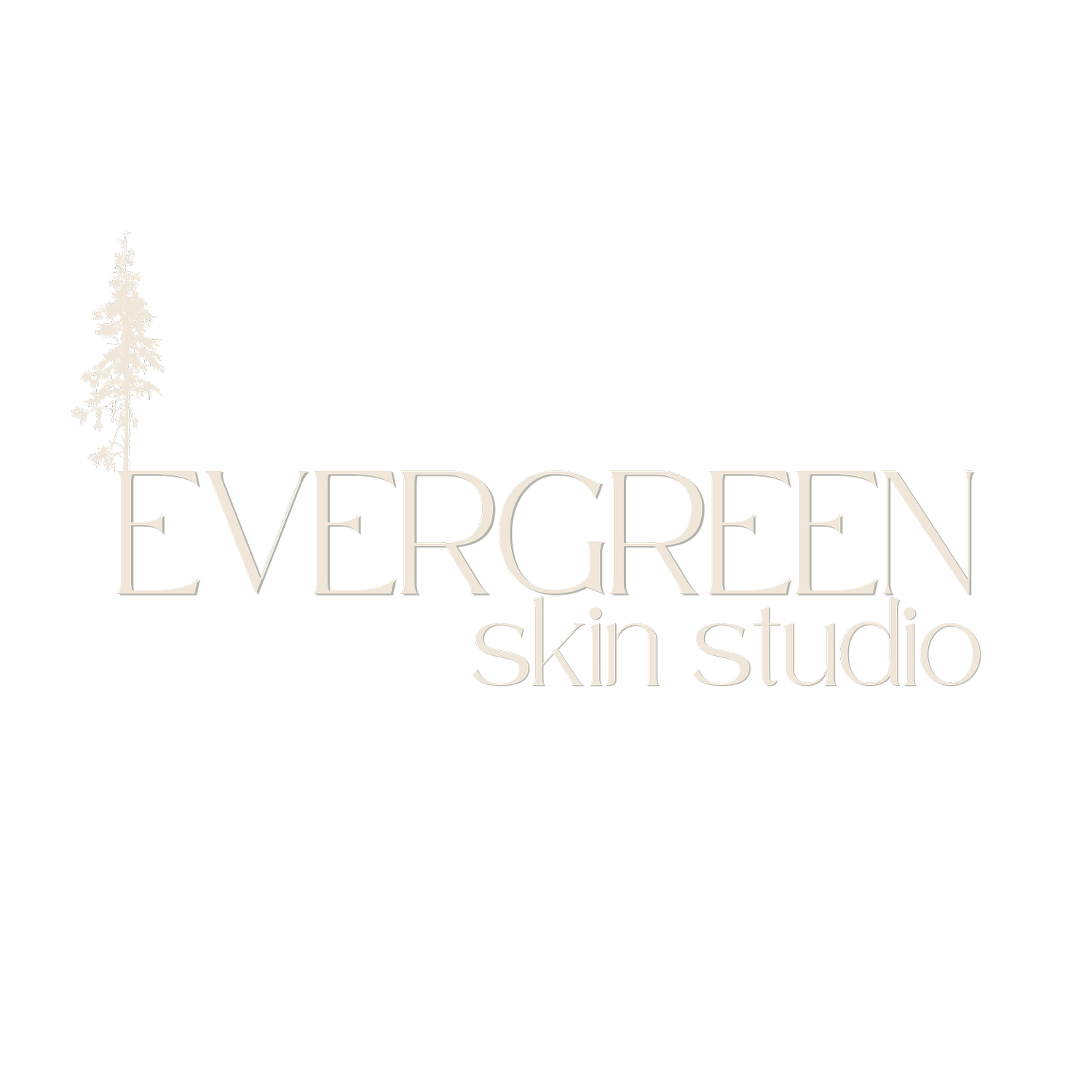This Free Tool Can Help Solve Your Skin Issues
Can’t figure out why your skin is breaking out? Feel like you’ve tried it all and nothing is working? Here is my tried and true way to get to the bottom of it once and for all.
Plan a food diary.
If you keep a record of what you eat for a set period of time you can spot patterns and links between eating certain foods and the level of wellness and the condition of your skin. Don’t forget to keep track of your exercise, any illnesses, symptoms and sleep habits while you’re at it.
Here’s 10 steps to get you started.
1. Make a template.
You can do this by hand, on a computer or use an app or template you find online. Not gonna lie, I like to just use the notes function on my phone and keep a running list. Do what works for you, but let it be easy. The more complicated it is, the less likely you are to stick with it.
2. Be specific.
Note everything that you eat and include as much detail as you can. Include things like what type of oil you cook with, which spices were used, what type of rice you had etc. The more ingredients you record the better chance you have of pinpointing food sensitivities that may be contributing to your skin issues.
3. Note when you eat.
Make a note of eating times and snacks too. This will give you clues to if you are eating too frequently or not frequently enough. Aim for three meals per day and one or two snacks per day. Too long between meals can lead to a dip in energy, sugar cravings and skin inflammation due to blood sugar spikes.
4. Record your drinks.
Keep track of your water intake. If you consume alcohol, record what you drink and how much.
5. Keep track for a month.
Four to six weeks of recording your food intake will allow for hormonal variations that can impact your skin. The longer you collect information the better chance you have and picking up on patterns of habits vs. symptoms
6. Record any symptoms.
Keep track of how you are feeling after eating. Include the positive symptoms as well as the negatives. Watch out for fatigue, bloating, heartburn, itchy skin, nausea or insomnia. If you notice consistent negative symptoms after certain foods you may have a food sensitivity, meaning you are struggling to digest that particular food.
7. Keep track of digestion.
Yep, we’re talking about bowel movements. Include changes. Daily, regular, normal bowel movements are important for the health of your whole body. Constipation can lead to excess toxins in the system which can manifest as skin problems. If you have periods of loose or constipated bowels, you may need to seek advice from your doctor.
8. Record your cycle.
Your skin is definitely influenced by your menstrual cycle. A poor diet, especially one high in sugar and starch can throw off the balance between estrogen and testosterone, exacerbating skin problems. Being aware of your cycle can help you avoid trigger foods at certain times.
9. Monitor lifestyle.
Sleep, stress and exercise play a role in how much and what type of food our body wants to consume. Sleep deprivation triggers a chemical reaction that increases hunger and cravings for salty and sweet snacks. It also affects the skin by causing a decrease in blood flow to the skin surrounding your face.
10. Be honest.
This is your personal record, no one else needs to see it so be as honest as possible. Keeping a record of when you have less than healthy food will help you know when you’re tempted and can help you spot connections between these and other eating habits. Don’t judge yourself.
In my practice I’ve found that keeping a food diary is a game changer. It’s a free tool that really helps get to the root causes of skin problems so you can clear up your skin once and for all. Not only will your skin improve after identifying and eliminating problem foods, but you’ll have more energy, sleep better and just feel better overall. Who doesn’t want that?
Need help getting started or staying on track? Hit me up for a consultation!
Disclaimer: This blog provides general information and discussions about skin health and related subjects. The information and other content provided in this blog, or in any linked materials, are not intended and should not be construed as medical advice, nor is the information a substitute for professional medical expertise or treatment.

